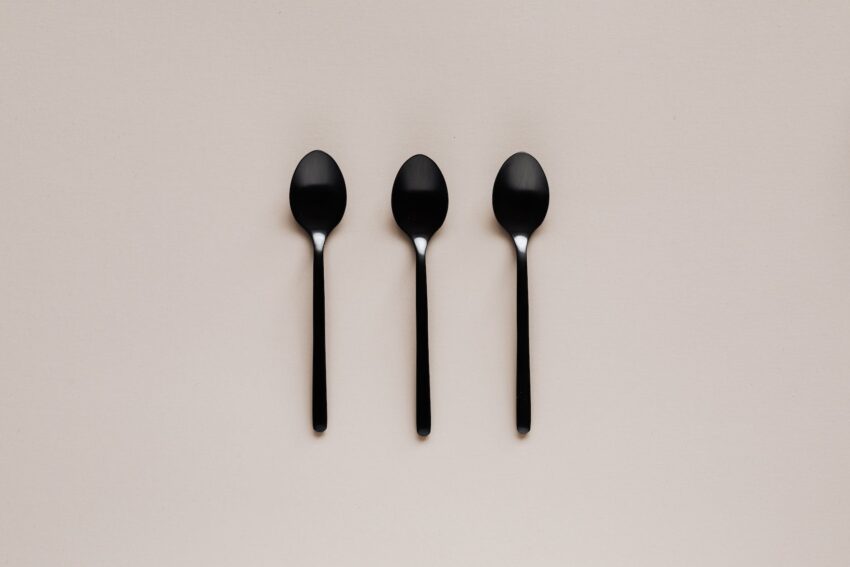Psychedelics have always been a contentious topic in society, with their potential for both immense therapeutic benefits and, if used irresponsibly, risky consequences. For those who feel they could benefit from these substances, the key aspect in preventing potential dangers is to adopt a safe and responsible approach. Such approach includes understanding the factors impacting psychedelic experiences such as set and setting, employing harm reduction tactics, having a competent psychedelic tripsitter, following safe usage guidelines and dosage recommendations, and employing integration therapy afterwards.
The use of psychotropic substances is an intimate, deep, and potentially transformative experience; it’s crucial, therefore, to understand and respect its overwhelming power. In the case of an ayahuasca ceremony, for instance, ensuring your physical and mental wellbeing should be a top priority.
Your mindset (set) and environment (setting) play significant roles in determining the nature of your psychedelic experience. A peaceful mind and setting can facilitate a more positive, healing experience. Conversely, a troubled mindset or chaotic environment can result in unsettling experiences. Hence, ensuring the right set and setting is the first step towards responsible psychedelic use.
When it comes to dosage, less is often more. Start with a lower dosage and consider increasing it in subsequent experiences as per the dosage recommendations. This harm reduction strategy lessens the likelihood of uncomfortable or overwhelming experiences.
A psychedelic tripsitter, someone present and sober during your experience, can also greatly reduce psychedelic risks. Their role is to ensure your safety, provide reassurance, and assist with any physical needs. They provide a layer of security, allowing the individual to surrender to the experience with a bit more peace of mind.
Drinking ayahuasca is not as simple as just swallowing a pill; it is a ceremonial process that demands deep respect. While the personalized nature of the experience varies, some common themes include powerful psychological introspection and magnificent visual phenomena. Unfortunately, the growing popularity of ayahuasca tourism has led to a rise in careless practices, leading to dangerous, and sometimes fatal, outcomes. To prevent this, it is crucial to conduct extensive research about the retreat, the shamans, and the integrity of their ceremonies.
Lastly, an often-overlooked aspect of responsible psychedelic use is the integration process—incorporating the insights from the psychedelic experience into daily life. Many find it beneficial to attend integration therapy with trained therapists to navigate through this complex process. After the journey, take time to reflect, meditate or journal your thoughts and emotions. Remember, it’s not just about the experience but also how you bring that encounter to bear on your everyday life.
Psychedelics, like any other tool, are as safe or unsafe as their user. They can provide profound healing and insight, or they can be a source of distress, disorientation, and harm. The difference lies in responsible use—being informed, prepared, and respectful of their power. So, whether you’re considering a journey with psilocybin mushrooms or an ayahuasca ceremony, remember to approach the experience with humility, respect, and caution to maximize its benefits while reducing risks.
Remember that this article is not a substitute for medical advice. Self-treating with psychedelics isn’t recommended, and in many places, these substances are still illegal. Always consider professional advice before starting any new treatment.
In conclusion, safe use of psychedelics must transcend mere discourse. It has to be intentional, and baked into the fabric of our psychedelics societies and culture. Safe and responsible use of psychedelics isn’t just about each individual user, but about building a community standard that protects and values every warrior traveling on this profound journey.
